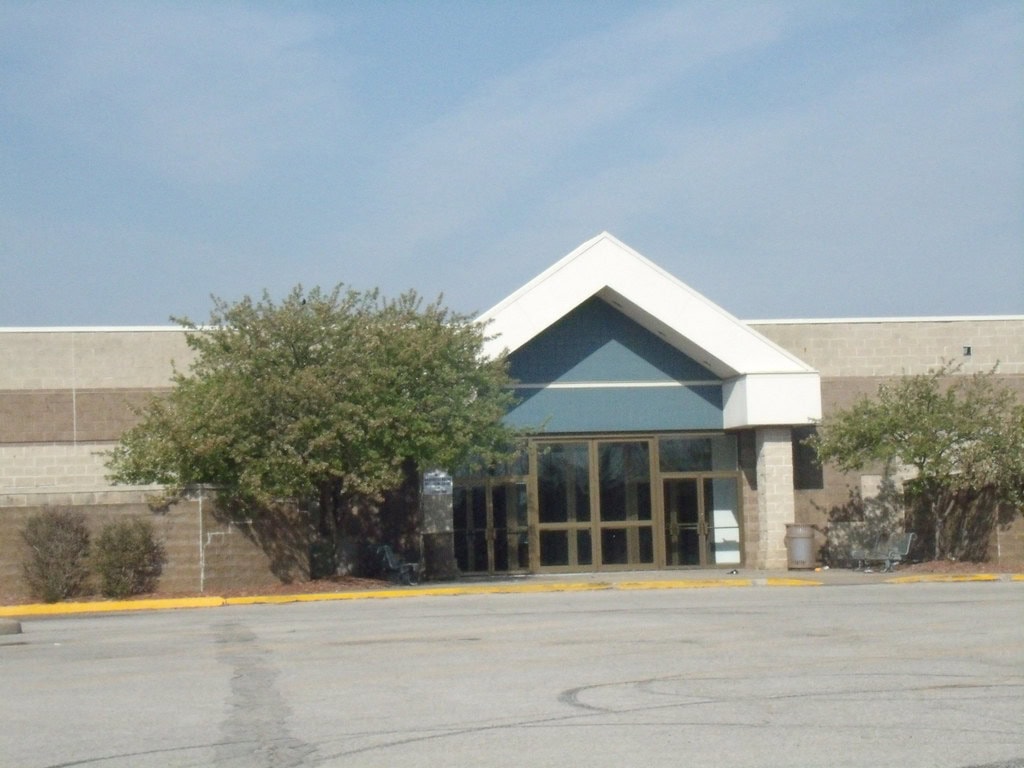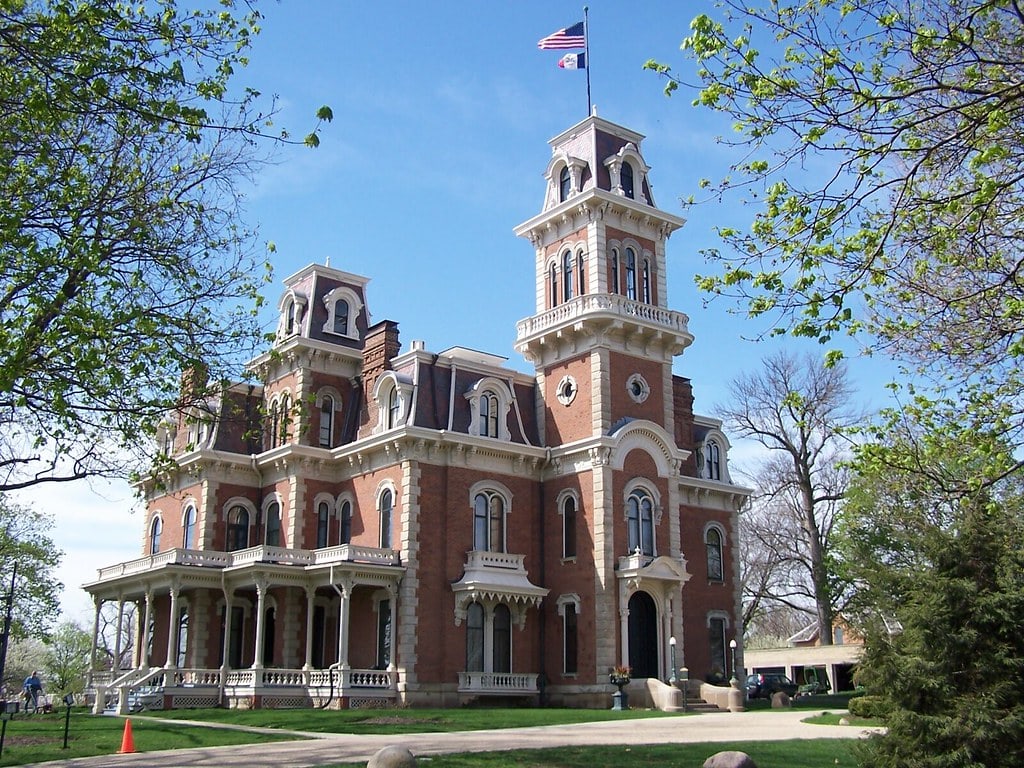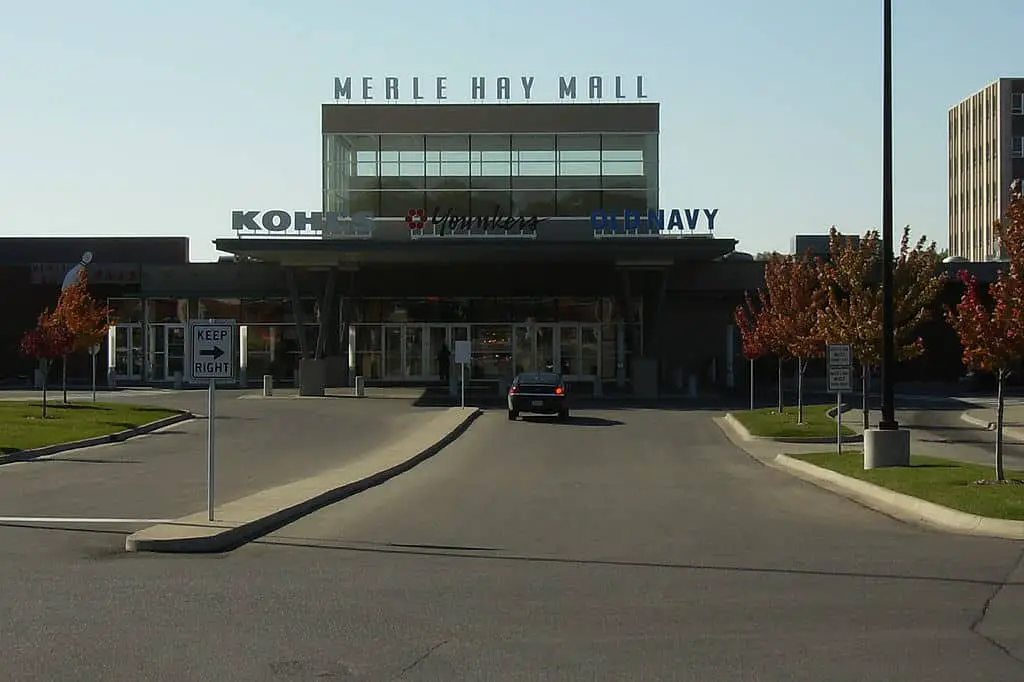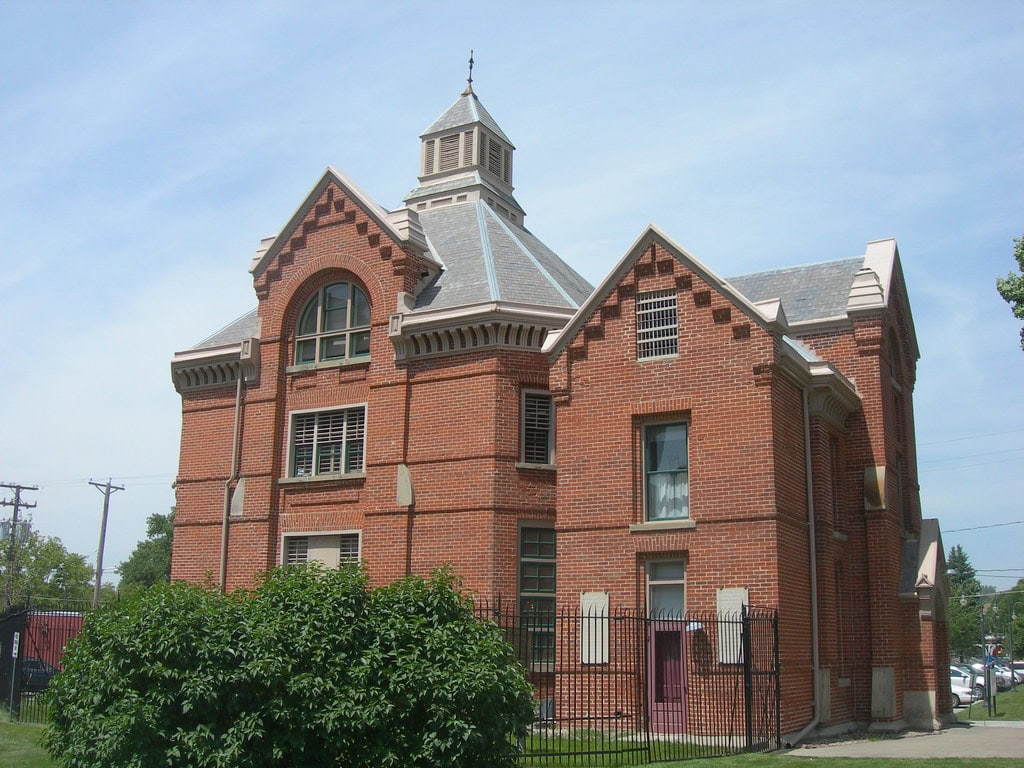Brucemore Mansion Takes Shape
Built on a hill in Cedar Rapids, Brucemore began as a symbol of triumph and taste. Its red brick rose above the city's mills.
The house looked east over the Cedar River, where smoke and steam marked the source of its owners' fortune and ambition.
From its towered roofline to the curve of its long drive, Brucemore declared that success could be beautiful.
It was never just a house. It was a statement about what a new kind of Midwestern wealth could look and feel like.
Caroline Sinclair commissioned the mansion in the 1880s after her husband, meatpacking pioneer T. M. Sinclair, died in an accident at the plant.
She was left with six children and a large inheritance, and she built Fairhome, as it was first called, to show both stability and grace.
The house rose in red brick and local limestone, twenty-one rooms with high ceilings, heavy doors, and carved wood panels.
The papers called it the grandest house west of Chicago.
When Caroline's children grew and left, the vast space became too much for her alone.
By 1906, she began to think of selling.
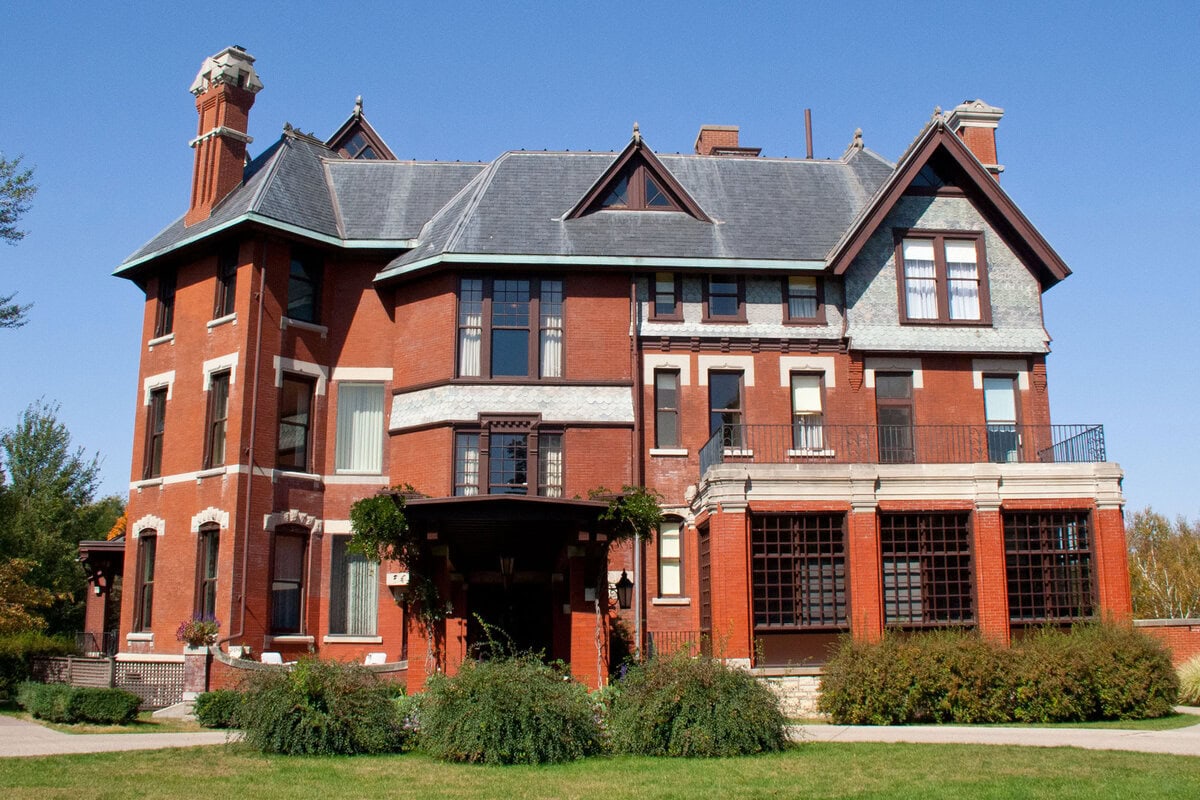
The family that renamed it
George and Irene Douglas arrived from a few blocks away, trading their own home and adding cash to take over Fairhome.
They renamed it Brucemore, pulling the name from George's middle name and family heritage.
To them, it was not only a home but also a new expression of their rising place in Iowa's industrial story.
George came from a line of builders of a different sort.
His father had founded one of the early oatmeal mills that eventually formed the American Cereal Company, the forerunner to Quaker Oats.
George and his brother Walter went further, investing their profits in linseed oil, then selling that company and building the Douglas Starch Works.
By the 1910s, their plant processed 20,000 bushels of corn a day and employed hundreds.
The Douglases' wealth was not old, but it was real, and Brucemore would carry its mark for decades.
When beauty met industry
The Douglases wanted to soften the house's Victorian edges.
They hired Howard Van Doren Shaw, a Chicago architect who favored natural light and quiet dignity over showy trim.
For $30,000, he transformed Brucemore into something warmer, less formal, and more modern for its time.
Shaw removed the glass conservatory and added wide porches that opened to the summer air.
He replaced carved ornament with rich butternut paneling and bold beams that gave the Great Hall an almost medieval calm.
Carved "baskets of plenty" appeared above doors and mantels, reminders that prosperity could be both moral and material.
Electric lights replaced gas jets, and later an electric refrigerator marked another step into the future.
Brucemore became a blend of past and progress, a mansion with the heartbeat of the modern Midwest.
Visitors felt it as soon as they walked in.
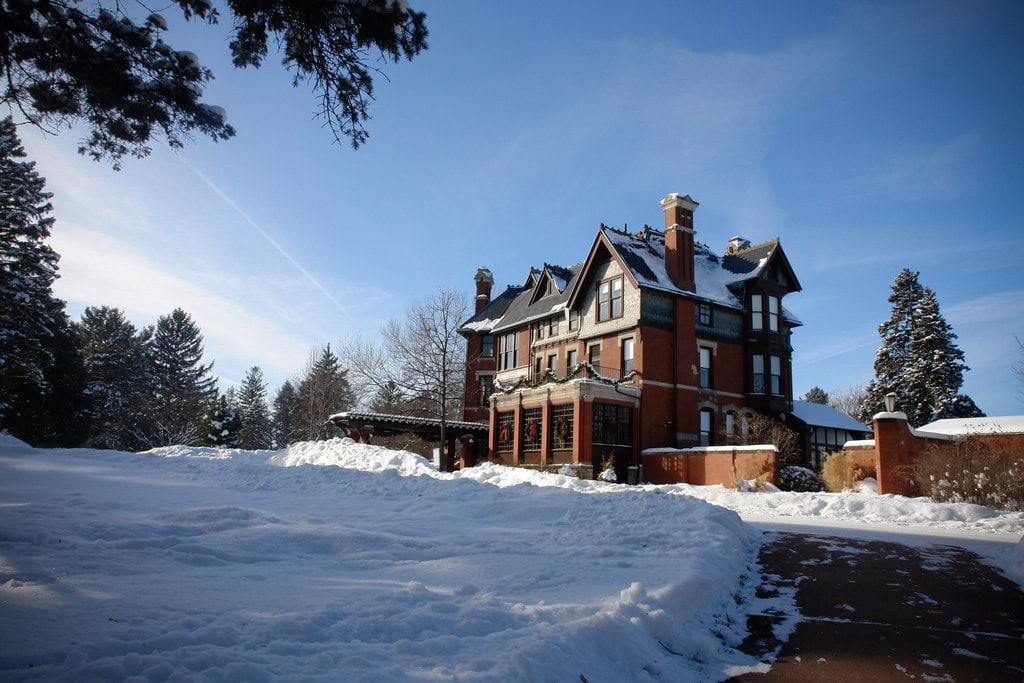
The shadow of the factory
In the evening of May 22, 1919, a fire at the Douglas Starch Works sparked one of the worst industrial disasters in Iowa history.
The blast tore through the factory, flattening walls and hurling debris across the river.
Windows shattered downtown. At least forty-three workers died, many of them neighbors and friends.
In the mansion, Irene Douglas gathered her household staff as the shock waves hit the city.
George went to the plant, where smoke still drifted above the broken buildings.
He had built his fortune on corn and chemistry, but he had never imagined the price would be counted in lives.
The plant was rebuilt under new ownership, but Cedar Rapids would always remember the day the ground shook.
The Douglases withdrew from public life for a time, retreating to the gardens at Brucemore, where the house stood untouched while the city rebuilt around it.
A brother lost at sea
Seven years before the explosion, Walter Douglas, George's brother and business partner, had boarded the Titanic with his wife, Mahala.
They were among the wealthiest passengers aboard.
When the ship struck ice, Walter gave his life jacket to another and disappeared into the North Atlantic.
Mahala survived and later told her story from her home in Minneapolis.
At Brucemore, the tragedy left a silence that hung in the family's stories.
The Douglases did not often speak of Walter, but his loss colored their sense of what wealth could and could not protect.
The same world that had built fortunes through enterprise could also take them away in a single night, or in a single spark at a factory.
Brucemore, with its gardens and wood-paneled rooms, became both sanctuary and memorial.
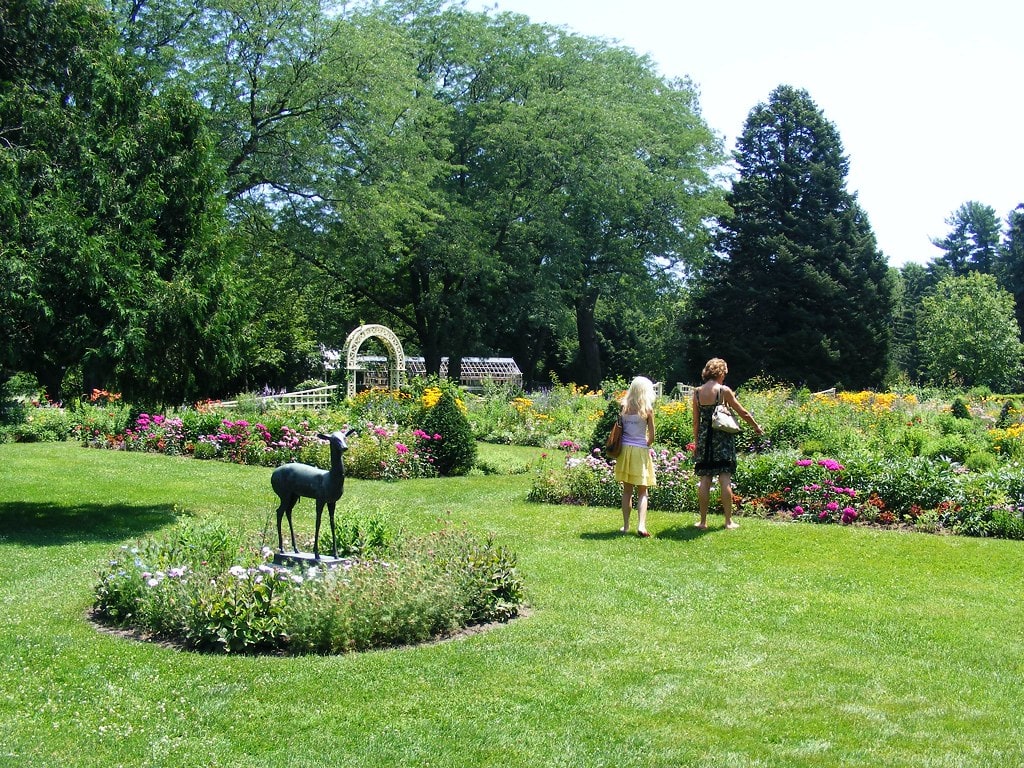
The house that kept changing
By the 1920s, Brucemore was more than a family residence.
It hosted civic meetings, music recitals, and charitable gatherings.
Irene Douglas opened the grounds for neighborhood events and quietly supported local causes.
After George died in 1923, she stayed on, surrounded by reminders of a life that had once been filled with motion and risk.
When their daughter Margaret inherited the estate in 1937, she and her husband, Howard Hall, carried the house into a new era.
The Halls loved the playful side of luxury.
They turned the basement into the Tahitian Room, a full tropical fantasy of bamboo and murals, and added the Grizzly Bar, stocked with carved bears and western motifs.
They brought in a three-story Skinner pipe organ, its pipes hidden behind walls, so the house could fill itself with sound.
Beneath the elegance, the house began to laugh again.
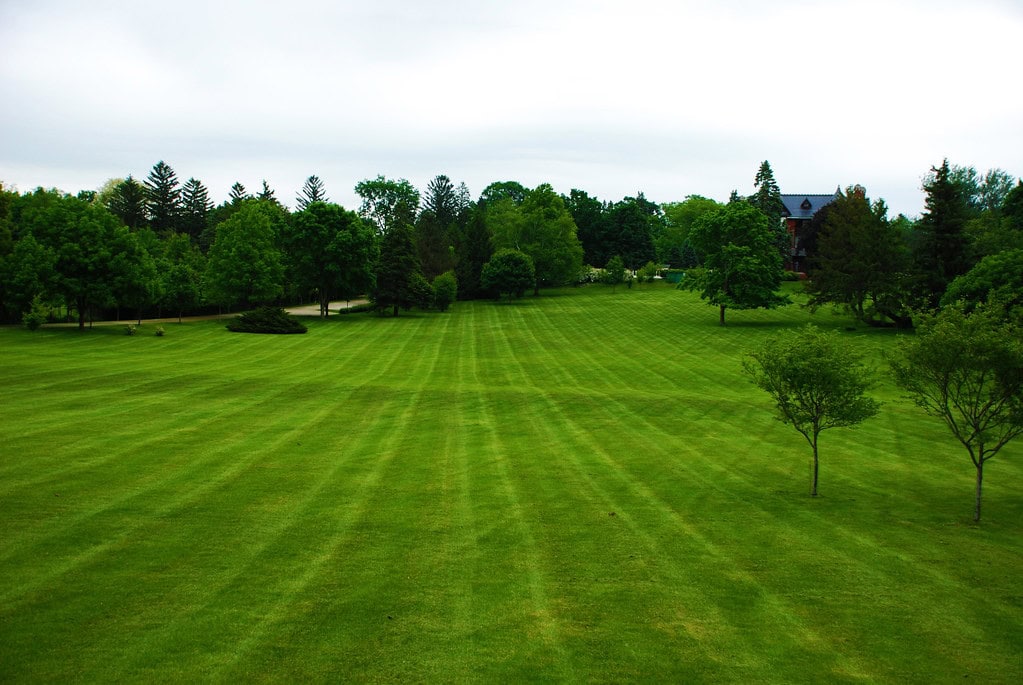
From private world to public one
By the time Margaret Hall died in 1981, Brucemore had already become part of Cedar Rapids' identity.
She left the estate to the National Trust for Historic Preservation, ensuring that the mansion and its grounds would belong to the public.
The transfer turned a private estate into a cultural center, where concerts, plays, and tours would replace dinner parties and garden teas.
The house had survived more than a century of storms, including the 2020 derecho that stripped hundreds of trees and damaged its roof.
Restoration continues, but Brucemore still feels alive: children run across its lawns during festivals, couples pose for wedding photos beneath the old oaks, and the Great Hall glows with music again.
Its story is no longer only about the people who built it, but about a city that grew up around it and learned to claim it as its own.
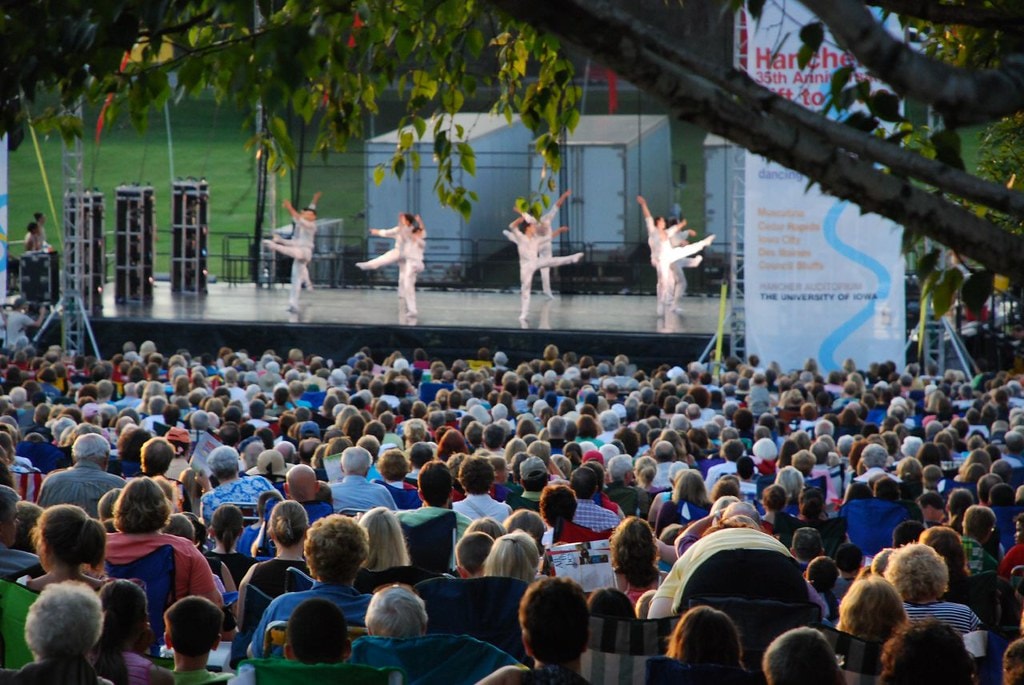
What endures
Standing at the edge of the terrace today, a visitor can see the city's skyline through the trees.
The red brick walls still catch the same soft light they did in 1886.
Inside, the carved baskets, the beams, and the silent organ hold the memory of three families who each shaped the place in their own way.
Brucemore is both artifact and witness.
It has seen fortunes rise from grain and fall to fire, watched ships sink and factories rebuild, heard laughter and music and loss.
More than a home, it became a mirror of what Cedar Rapids wanted to be: industrious, generous, and quietly grand.
Even now, in the hush of its wide rooms, the house seems to breathe with the rhythm of the people who once called it theirs.



